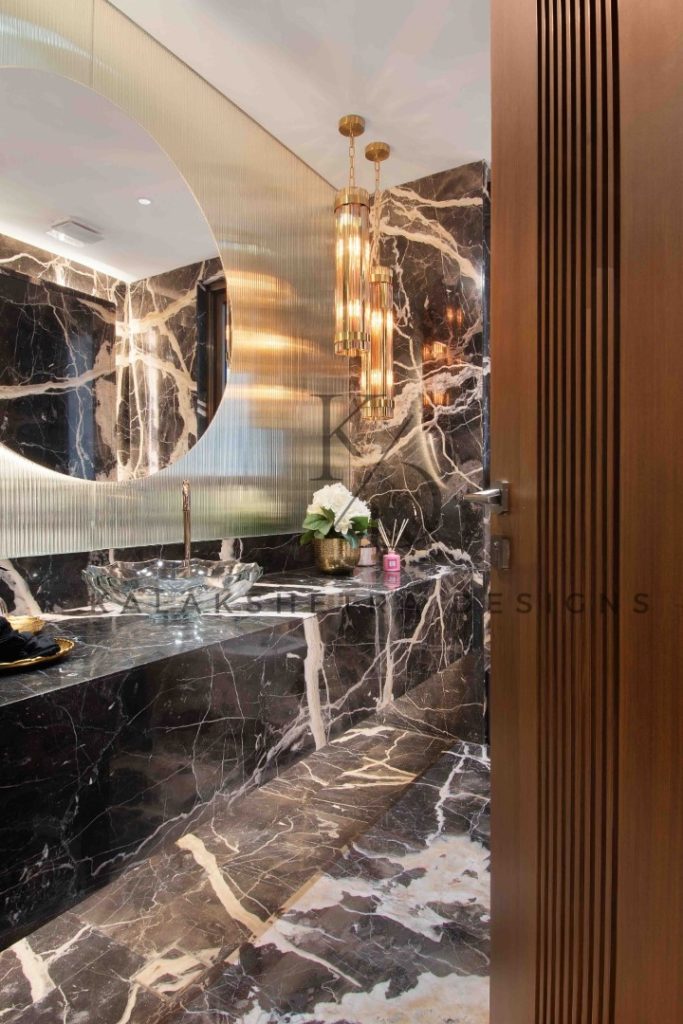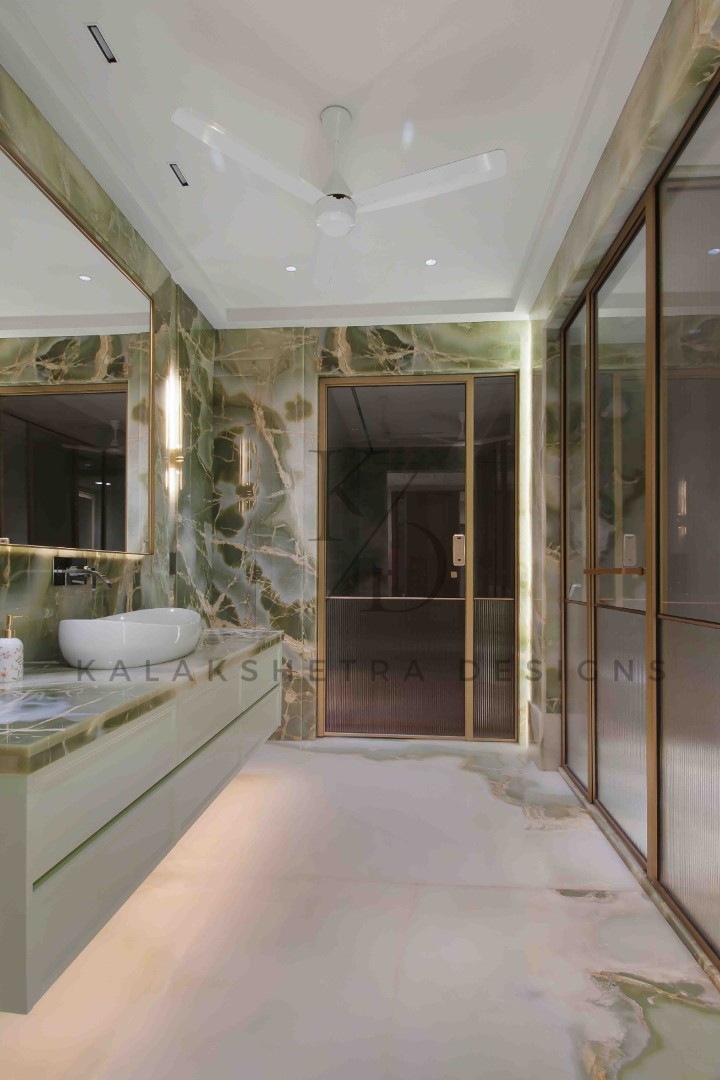In Vastu Shastra — the ancient Indian science of architecture — every space within a home carries energy that influences the health, mood, and prosperity of its occupants. While much focus is often given to living rooms, kitchens, or entrances, toilets and bathrooms are equally critical when it comes to maintaining Vastu harmony in a home.
If overlooked or placed incorrectly, toilets can become sources of negative energy, potentially disturbing the mental and physical well-being of those living in the house. This guide explains the key Vastu principles related to toilet location, structure, direction, and remedies to ensure your home remains a zone of positive flow and balance.
Why Is Vastu for Toilets Important?
According to Vastu principles, toilets are areas where waste and impure energy are flushed away. These zones naturally carry a downward energy flow and, if placed incorrectly, may disrupt the energy circulation in the house.
Common Vastu-related issues due to incorrect toilet placement include:
- Poor sleep quality
- Financial instability
- Frequent illnesses
- Increased tension or arguments in the family
Therefore, aligning your toilet design with Vastu ensures that these spaces do not interfere with the prosperity and peace of your home.
Also Read: Top Asian Interior Design Trends to Watch – Featured in DesignAsia Magazine
Best Direction for Toilets as per Vastu
One of the most important aspects of toilet Vastu is placement. Here’s what Vastu recommends:
- Ideal Location: Northwest (Vayavya) or Southeast (Agneya) corners of the home are the most suitable for toilet construction. These zones allow waste energies to exit without disturbing core living zones.
- Avoid: Northeast (Ishan) and Southwest (Nairutya) corners at all costs. These directions are associated with purity and stability, and placing a toilet here can severely impact personal growth and spiritual peace.
- Toilet Seat Direction: The seat should ideally face either north or south while sitting, never east or west.
Key Design Tips to Align Toilets with Vastu
Even if the placement is not ideal due to architectural constraints, following these design principles can help reduce negative effects:
- Toilet Floor Level: Keep the toilet floor at a slightly higher level than the rest of the house to maintain energy separation.
- Drainage Slope: Always direct water flow and drain slope towards the northeast for energetic release.
- Exhaust and Ventilation: Ensure proper ventilation with an exhaust fan or window in the east or north wall to eliminate stagnant energy.
- Toilet Door: Use a solid wooden door and keep it closed when not in use. Never position it directly in front of the kitchen or pooja room.
- Mirror Placement: Install mirrors only on the north or east wall, never on the south or west.
- Use of Colors: Prefer light and earthy shades like beige, light brown, pastel blue, or soft grey. Avoid black or deep red, which attract negative vibrations.

Vastu Remedies for Existing Toilet Placement Issues
In many modern apartments, ideal Vastu alignment may not be possible due to fixed layouts. However, certain Vastu remedies can help neutralize imbalances:
- Camphor Crystals: Place two camphor balls in a bowl and change them every few weeks. They absorb negativity from the space.
- Sea Salt: Keep a bowl of sea salt in a corner of the toilet. Replace it monthly to purify the energy.
- Vastu Pyramid or Brass Swastik: Install on the outside wall of the toilet if it’s located in an inauspicious direction.
- Keep the Lid Down: Always keep the toilet seat lid closed to prevent the flow of negative energy into the house.
- Aroma Therapy: Use essential oil diffusers with sandalwood, lavender, or lemongrass to uplift the vibration of the space.
Also Read: 6 Ways to Upgrade Your Flooring Without Removing Tiles

Common Toilet Placement Mistakes to Avoid
To maintain energetic alignment and peace at home, try to steer clear of these common Vastu mistakes:
- Placing a toilet directly above or below a kitchen or pooja room
- Keeping the toilet door open at all times
- Sharing a wall between a toilet and the main bedroom headrest
- Using dark, harsh, or flashy colors in toilet interiors
- Ignoring regular cleaning or maintenance, which leads to stagnant and unhealthy energy buildup
Final Thoughts
While modern homes and urban apartments may come with space limitations, paying attention to Vastu guidelines — especially for toilets — can significantly impact the overall vibe and wellness of your living environment. Whether you’re building a new home or working with an existing layout, small changes in direction, color, and cleanliness can bring about a noticeable shift in harmony.
By aligning your toilet space with Vastu principles, you’re not only flushing away physical waste but also clearing out negativity, blockages, and stagnation from your life. When done right, even the most overlooked areas of a home can become a source of balance and positive energy.


